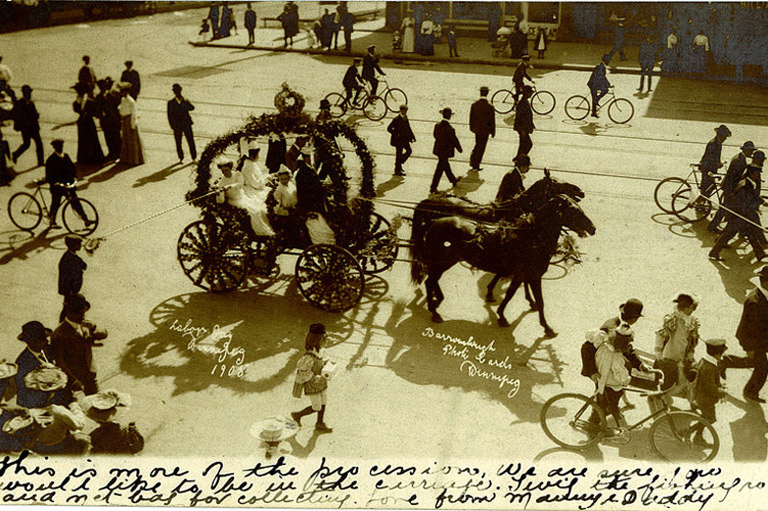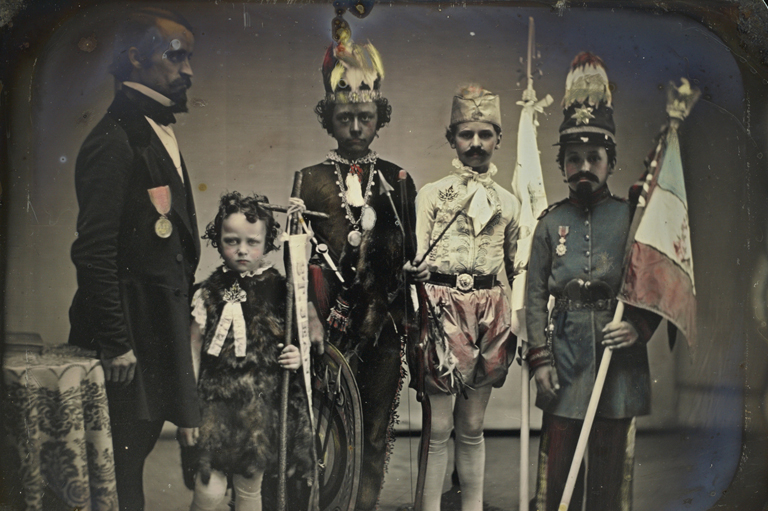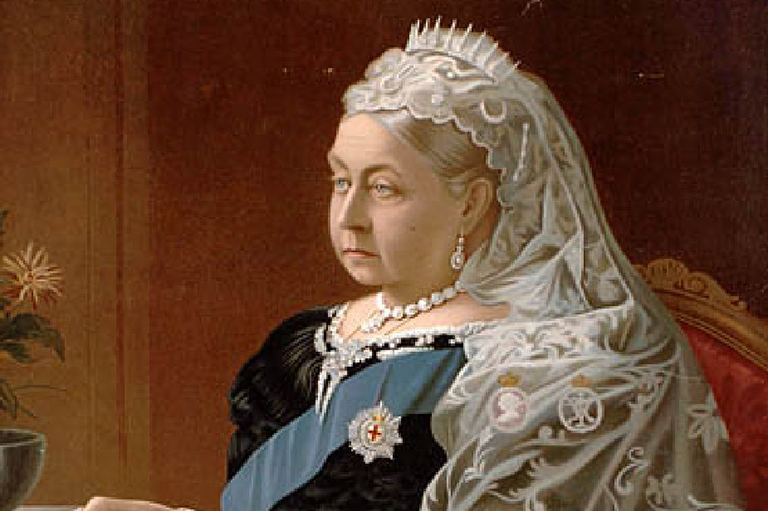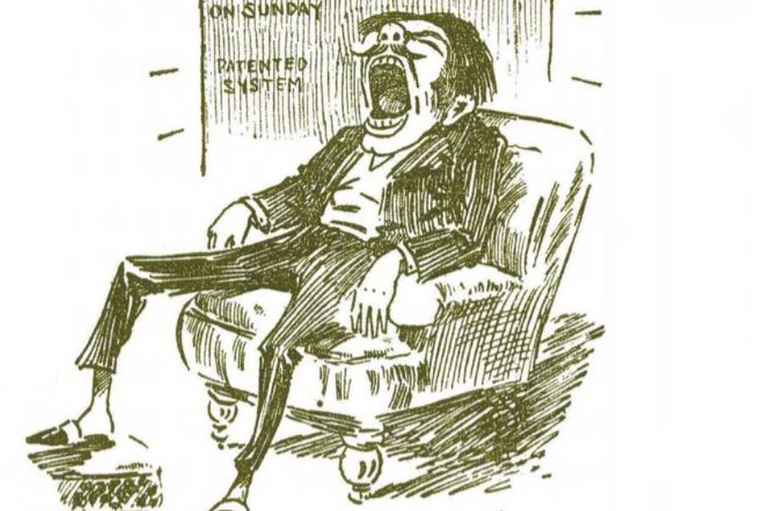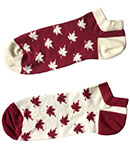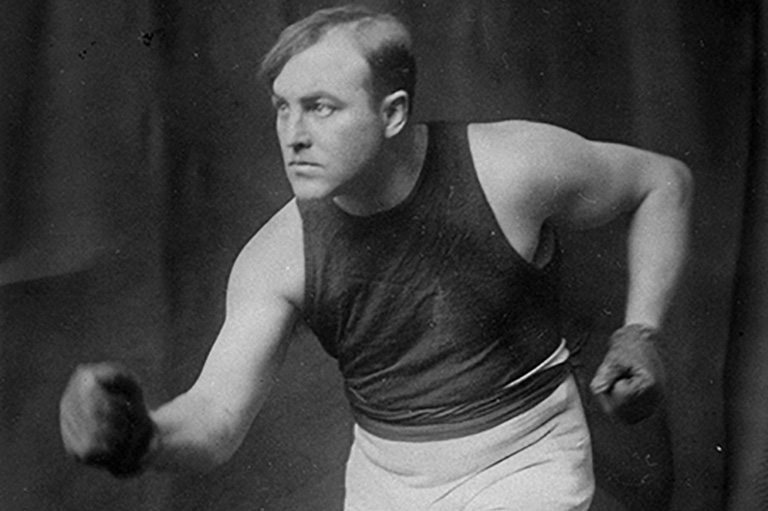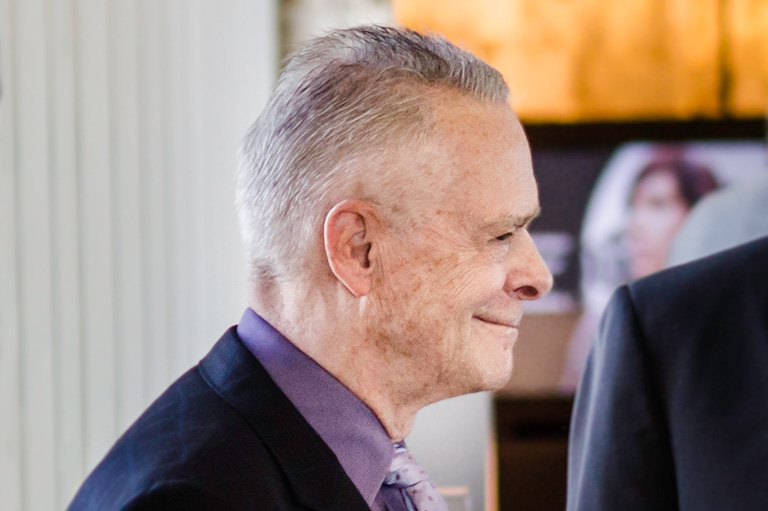The History of Thanksgiving in Canada
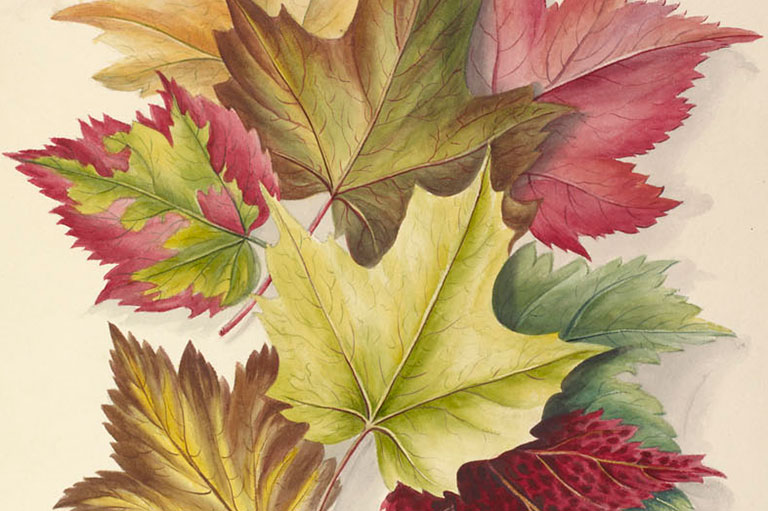
Thanksgiving weekend. For many, this long weekend really kicks off the autumn season. People across the country will spend it raking leaves, harvesting, shutting down the family cabin, and hopefully eating a delicious meal surrounded by friends and family. But where did this tradition come from?
In 1621, the pilgrims at Plymouth Plantation, Massachusetts, held what is thought to be the first Thanksgiving in North America, giving thanks for the end to a drought and a bountiful harvest. Without the help of the Wampanoag, who shared planting, hunting, and fishing knowledge and techniques, the pilgrims would have died. Some records say the first official Thanksgiving likely predates this event by around fourteen years.
But let’s try again — we’re thinking of our neighbours to the south.
Believe it or not, Thanksgiving in Canada, or at least the land that would become Canada, has its own history, separate from our American counterparts.
Traditions of giving thanks long predate the arrival of European settlers in North America. First Nations across Turtle Island have traditions of thanksgiving for surviving winter and for receiving crops and game as a reward for their hard work. These traditions may include feasting, prayer, dance, potlatch, and other ceremonies, depending on the peoples giving thanks.
When it comes to European thanksgivings in Canada, we have a few tales to tell.
With 7 uniquely curated newsletters to choose from, we have something for everyone.
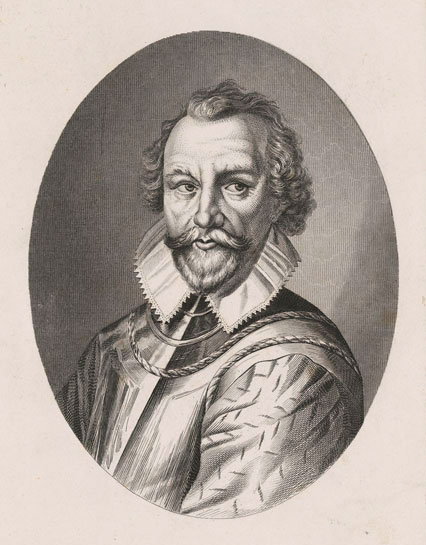
As the story goes, in 1578, English explorer Martin Frobisher and his crew gave thanks and communion was observed, either on land at Frobisher Bay, in present day Nunavut, or onboard a ship anchored there. The explorers dined on salt beef, biscuits, and mushy peas and gave thanks through Communion for their safe arrival in then Newfoundland. This is now accepted as the first “Canadian” Thanksgiving, forty-three years before the first “American” Thanksgiving.
Forty-eight years later on November 14, 1606, inhabitants of New France under Samuel de Champlain held huge feasts of thanksgiving between local Mi’kmaq and the French. Though not known at the time by the settlers, cranberries, rich in vitamin C, are credited with helping avoid scurvy. The neighbouring Mi’kmaq likely introduced the French to cranberries, or as they called them, petites pommes rouges (little red apples).
Advertisement
Champlain’s feasts were more than an annual affair. To prevent the scurvy epidemic that had decimated the settlement at Île Sainte-Croix in past winters, the Ordre de Bon Temps (Order of Good Cheer) was founded, offering festive meals every few weeks. Medical treatises recommended better nutrition (more food) and entertainment to combat scurvy.
However, despite this history of uniquely Canadian thanksgivings, our modern concepts of Thanksgiving were influenced by our American neighbours. Foods that are associated with a “traditional” Thanksgiving, such as North American turkey, squash, and pumpkin, were introduced to Nova Scotians in the 1750s. After the American War of Independence, the arrival of the United Empire Loyalists ensured the continuation of spreading this “traditional” fare to other parts of the country.
Today Canadian Thanksgiving is held on the second Monday of October every year, or at least it has been since Canadian Parliament declared it so on January 31, 1957. Before this, Thanksgiving in Canada had been held sporadically, often coinciding with other major events and anniversaries.
In 1879, Thanksgiving was officially declared a national holiday to be held on November 6th.
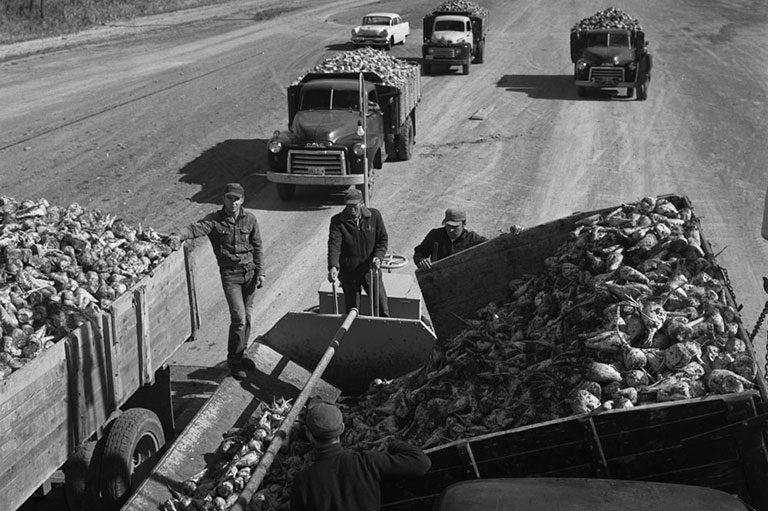
Advertisement
The most recent date change to the second Monday in October was largely a result of the first and second world wars, which we officially remember each year on November 11, Remembrance Day. This was so that the two holidays would not fall on the same weekend.
As Thanksgiving in Canada has historically been celebrated on several different dates, it is fitting that, even though it is observed on Monday, families are equally as likely to celebrate on Saturday or Sunday.
Most Canadians embraced the change of date to October, since that period better coincides with the actual completion of harvest in much of the country.
Parliament officially declares Thanksgiving as “a day of general thanksgiving to almighty God for the bountiful harvest with which Canada has been blessed.” While this mandate for Thanksgiving may not be observed by all Canadians in its entirety, the ideas of being thankful, of spending time with family, and sharing a delicious meal still remain.
We hope you’ll help us continue to share fascinating stories about Canada’s past by making a donation to Canada’s History Society today.
We highlight our nation’s diverse past by telling stories that illuminate the people, places, and events that unite us as Canadians, and by making those stories accessible to everyone through our free online content.
We are a registered charity that depends on contributions from readers like you to share inspiring and informative stories with students and citizens of all ages — award-winning stories written by Canada’s top historians, authors, journalists, and history enthusiasts.
Any amount helps, or better yet, start a monthly donation today. Your support makes all the difference. Thank you!
Themes associated with this article
Advertisement
You might also like...

Canada’s History Archive, featuring The Beaver, is now available for your browsing and searching pleasure!

